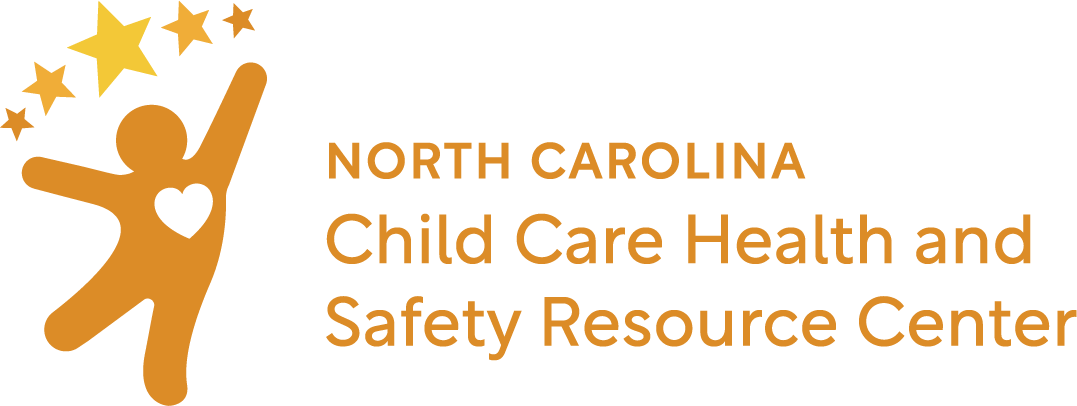Serving Bottles to Infants
When feeding infants, it is not necessary to warm formula or human milk. Bottles can be served cold from the refrigerator. [1] However, the child or family may prefer that the bottles be warmed. If so, below are several safe ways to warm a bottle:
- Bottles must be warmed in the kitchen or in a designated food preparation area in the classroom. For centers, this food preparation area must contain a countertop that is kept clean and in good repair, a dedicated food prep handwash sink, and refrigeration. [3]
- The early educator should never hold an infant while warming or preparing a bottle.
- The early educator should check the temperature of the water used to warm the bottle of human milk or formula before offering it to the infant.
Warming a Bottle Without Bottle Warming Equipment
Bottles can be warmed with water that is
- no warmer than 110 degrees Fahrenheit [5]
- from a dedicated sink that is never used for handwashing
by placing the bottle
- under running water
- in a container of water that is no warmer than 110 degrees Fahrenheit for no more than 5 minutes.
The container used to warm bottles should remain out of reach of children and be washed, rinsed, and sanitized in the kitchen after use. [3]
Bottle Warming Equipment
Water used for bottle warming equipment should come from a designated sink not used for handwashing.
Bottle warming equipment should be:
- kept out of reach of children [2]
- used in accordance with the manufacturer’s instructions
- checked regularly for malfunction to be sure that water is not overheating.
How to Properly Clean and Sanitize Equipment
Bottle warming equipment should be cleaned when visibly soiled and at least daily.
Follow the manufacturer’s instructions to effectively clean and sanitize and avoid damaging bottle warming equipment. [3] If the manufacturer’s instructions are unclear, clean and sanitize with a spray-on or wipe-on sanitizer. [4] After sanitizing, let the equipment air dry.
Important Reminders
- Never warm bottles in a microwave oven or slow cooker such as a crockpot. [3]
- Hot water and steam from bottle warming equipment can scald or burn infants. Check the water temperature used to warm the bottle to be sure it is not more than 110 degrees Fahrenheit and dry the outside of bottles thoroughly before feeding.
References:
[1] Caring for Our Children Standard 4.3.1.9: Warming Bottles and Infant Foods.
[2] 10A NCAC 09 .1719 (a)(28). NC Child Care Rules
[3] 15A NCAC 18A .2810 (f). NC Sanitation of Child Care Center Rules.
[4] 15A NCAC 18A .2812. NC Sanitation of Child Care Center Rules.
[5] 15A NCAC 18A .2815(e). NC Sanitation of Child Care Center Rules.
